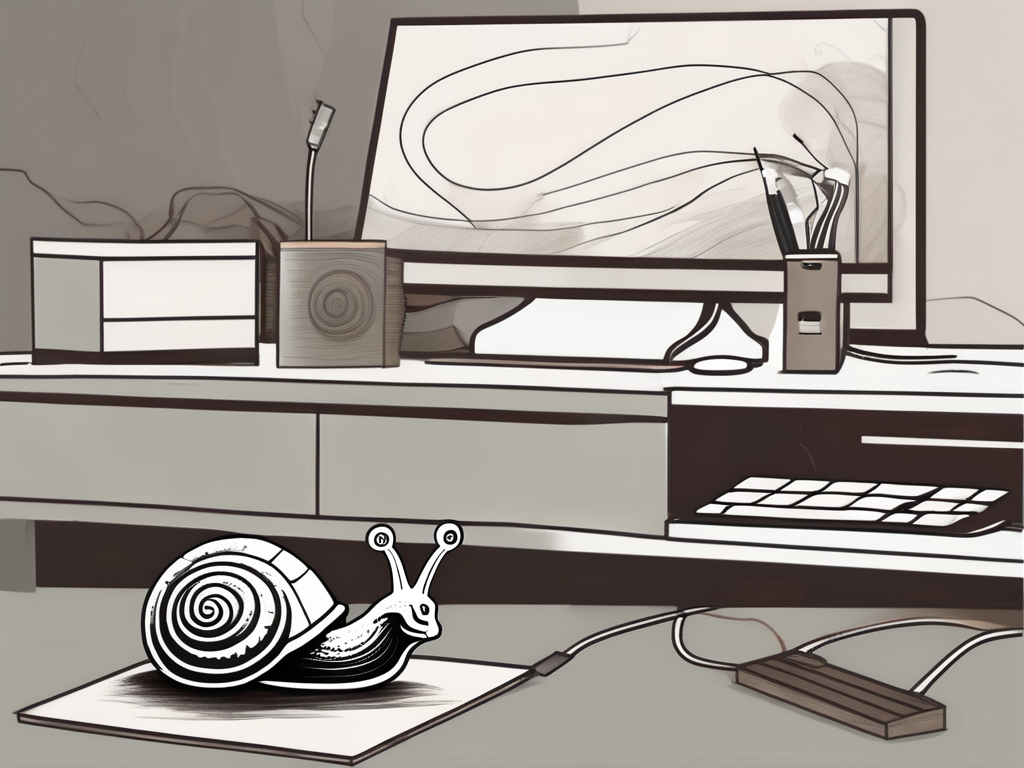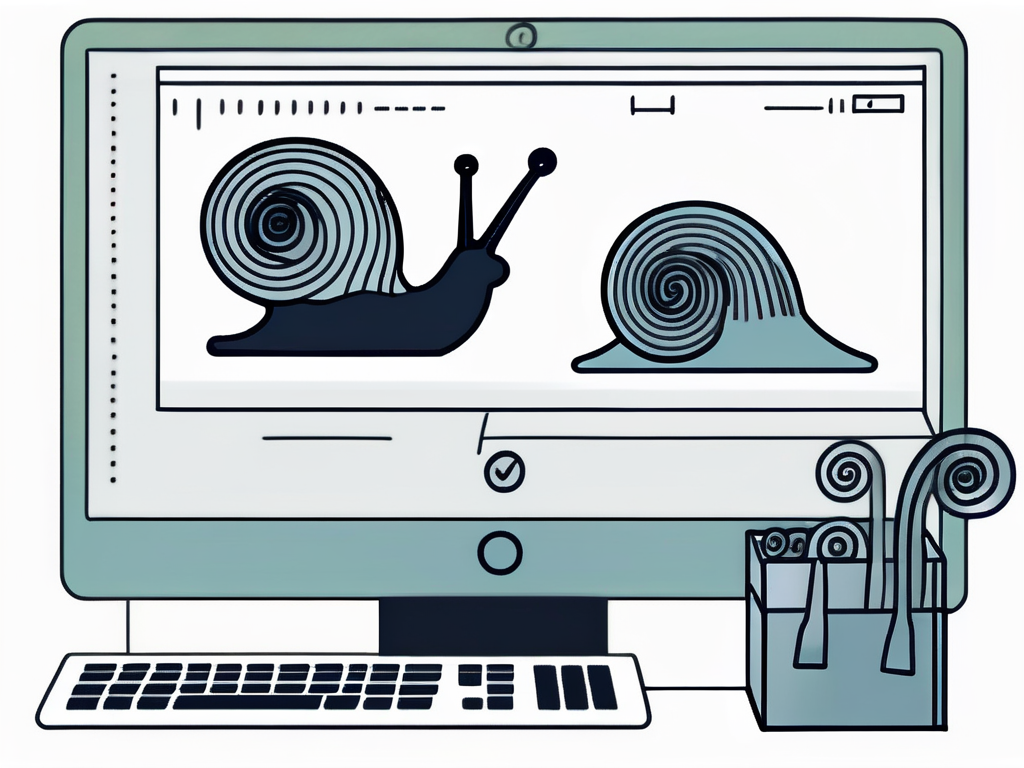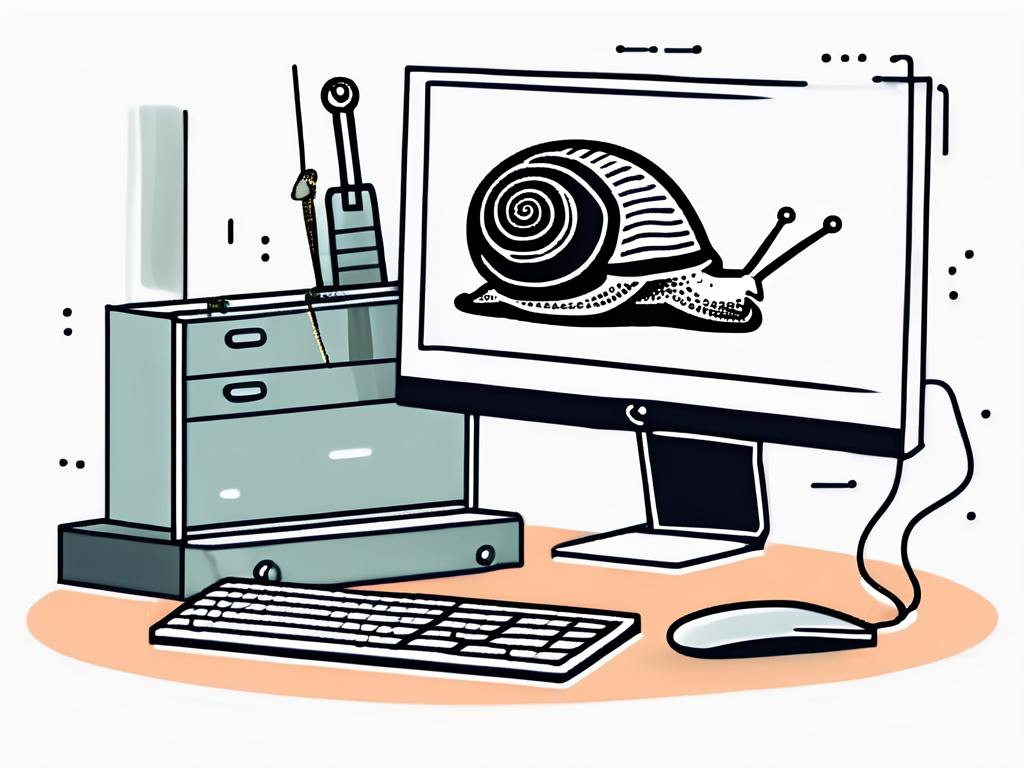
Top Reasons Why Your Computer is Running Slow and How to Fix It
Is your computer running slower than usual? Don't worry, you're not alone. Many business owners in Australia experience a decrease in performance over time, and there are a number of factors that can contribute to this issue. In this article, we will explore some of the top reasons why your computer may be running slow and provide you with practical solutions to fix it.
Managing Email Cache for Optimal Performance
One common culprit for a slow computer is a bloated email cache. Over time, your email client accumulates a significant amount of data that can affect its performance. Fortunately, clearing your email cache is a relatively simple process that can help improve your computer's speed. Here's how you can do it:

When your email cache is full, it can slow down the loading times of your emails, attachments, and even the overall responsiveness of your email client. By regularly clearing your email cache, you can ensure that your email client operates at its optimal speed and efficiency.
Clearing Email Cache: A Step-by-Step Guide
If you're using a popular email client like Microsoft Outlook or Mozilla Thunderbird, follow these steps to clear your email cache:
- Open your email client and navigate to the settings menu.
- Look for an option related to cache or temporary files.
- Select the option to clear or delete the cache.
- Confirm your action and wait for the cache to be cleared.
- Restart your email client and notice the improvement in performance.
Clearing your email cache not only frees up storage space on your computer but also helps in maintaining the security and privacy of your emails. By removing unnecessary cached data, you reduce the risk of potential data breaches or unauthorized access to your sensitive information.
Remember, a cluttered email cache not only impacts the performance of your email client but can also lead to issues like emails not syncing properly or attachments failing to download. Regular maintenance of your email cache is essential for a seamless and efficient email experience.
Freeing Up Disk Space: A How-To Guide
Another common reason for a slow computer is a lack of free disk space. As you use your computer, files and programs accumulate, gradually filling up your hard drive. This can lead to slower performance and reduced overall efficiency. Thankfully, there are several ways you can free up disk space on your computer:
Managing your computer's disk space is crucial for maintaining optimal performance. When your hard drive is full, your computer may struggle to access and process data efficiently, resulting in slower response times and potential system crashes. By following some simple steps, you can declutter your disk and improve your computer's speed and reliability.
Tips for Cleaning Up Your Disk Efficiently
- Delete unnecessary files and programs:
Start by reviewing your files and getting rid of any unnecessary documents, downloads, or programs. Be cautious not to delete any essential files or programs.
- Use disk cleanup tools:
Your operating system may have a built-in disk cleanup tool that identifies and removes unnecessary files. Look for this tool in your computer's settings or control panel.
- Consider external storage options:
If you frequently work with large files or have a surplus of data, investing in external storage devices such as external hard drives or cloud storage can help alleviate the strain on your computer's disk space.
By regularly freeing up disk space, you can ensure that your computer operates smoothly and avoid performance issues.
Furthermore, organizing your files into folders and subfolders can make it easier to locate specific items and free up additional space on your hard drive. By categorizing your documents, photos, videos, and other files, you can not only improve your computer's performance but also enhance your overall productivity. Additionally, regularly emptying your recycle bin and clearing temporary files can contribute to a more efficient use of disk space, ensuring that your computer runs smoothly for longer periods.
Boosting Your Computer's Performance with More RAM
Insufficient RAM (Random Access Memory) can severely impact your computer's speed and multitasking capabilities. RAM is responsible for storing and providing quick access to data that your computer needs to perform tasks. To determine if your computer needs more RAM, consider the following:
Understanding the Importance of Sufficient RAM
If you notice that your computer struggles to handle multiple applications simultaneously, experiences frequent freezing or crashes, or has a generally sluggish response time, it may be time to upgrade your RAM.
Adding more RAM to your computer can be a relatively straightforward process. However, it is essential to ensure compatibility with your computer's motherboard and operating system. Consider consulting a professional or referring to your computer's documentation for guidance.
When upgrading your RAM, it's crucial to understand the different types available in the market. DDR (Double Data Rate) RAM is a common type used in modern computers, with variations like DDR3, DDR4, and the latest DDR5. Each generation offers improved performance and efficiency, so choosing the right type for your system is essential for optimal results.
Furthermore, the amount of RAM you need depends on your usage patterns. For basic tasks like web browsing and document editing, 8GB of RAM is usually sufficient. However, if you're into gaming, graphic design, or video editing, you may benefit from 16GB or even 32GB of RAM to ensure smooth performance without any bottlenecks.
Streamlining Start-Up Programs for Faster Boot-Up
When you start your computer, it loads various programs and processes in the background. These programs can significantly impact your computer's boot-up time, slowing down the overall start-up process. To streamline your start-up and improve boot-up speed, follow these steps:

Identifying and Disabling Unnecessary Start-Up Programs
1. Open the Task Manager by pressing Ctrl + Shift + Esc simultaneously.
2. Navigate to the "Start-up" tab.
3. Review the list of programs that automatically start with your computer.
4. Identify any unnecessary programs that you don't use regularly.
5. Select the program and click "Disable" or "Remove" to prevent it from starting up automatically.
By disabling unnecessary start-up programs, you can significantly improve your computer's boot-up speed.
Another effective way to speed up your computer's boot-up process is to optimize your system's startup settings. By accessing the BIOS or UEFI settings, you can adjust the boot order of devices connected to your computer. Setting the primary boot device to your computer's internal hard drive or SSD can reduce the time it takes for your system to start up.
Utilizing Fast Startup Feature in Windows
Windows operating systems offer a Fast Startup feature that can help reduce boot-up time by saving system information to a hibernation file. This allows your computer to start up faster by using the saved system state instead of performing a full boot sequence. To enable Fast Startup, go to your Control Panel, navigate to Power Options, and select "Choose what the power buttons do." From there, click on "Change settings that are currently unavailable" and check the box next to "Turn on fast startup." This feature can significantly improve your computer's boot-up speed.
Eliminating Background Programs and Bloatware
Background programs and bloatware can significantly impact your computer's performance by consuming valuable resources. These resource-draining culprits can lead to a noticeable slowdown in your system's speed and responsiveness. To ensure your computer operates at its optimal level, it's essential to identify and remove these unwanted programs.

How to Identify and Remove Resource-Draining Background Programs
1. Begin by opening the Task Manager, a powerful tool that provides insights into the processes running on your computer. You can access the Task Manager by pressing Ctrl + Shift + Esc simultaneously.
2. Once the Task Manager is open, navigate to either the "Processes" or "Details" tab, depending on your operating system.
3. Scan the list of processes and look for any programs that are consuming a significant amount of CPU or memory resources. These resource-intensive programs are likely contributing to the sluggish performance of your computer.
4. Take note of any unnecessary programs or processes that are running in the background and are not essential for your daily tasks.
5. To free up resources and improve performance, select the identified program or process and click on "End Task" or "End Process" to terminate it effectively.
In addition to managing background programs, it's crucial to address bloatware and unnecessary applications that may have come pre-installed on your computer. These programs, often included by manufacturers, can hog system resources without offering any significant benefits to the user. By uninstalling bloatware and streamlining your software ecosystem, you can reclaim valuable resources and enhance your computer's overall efficiency.
By diligently following these steps and implementing the recommended solutions, you can tackle common causes of computer sluggishness and create a smoother computing experience for yourself. Remember, regular maintenance, including optimizing your system for peak performance, is key to ensuring your computer operates at its best capacity.



